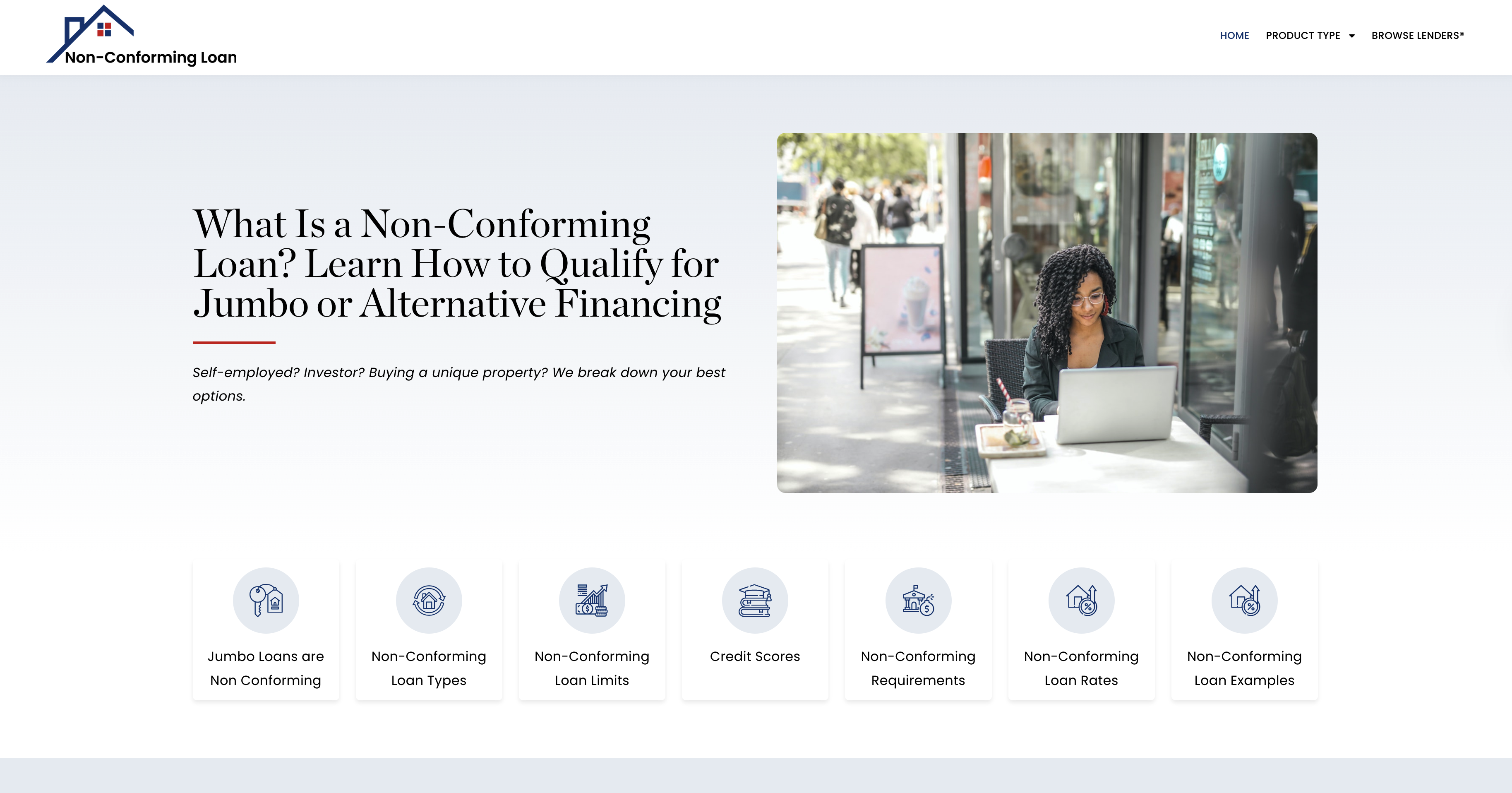Guide: How to Recover Your Middle Credit Score® After Financial Hardship
Financial hardship can strike unexpectedly due to job loss, medical expenses, or economic downturns. When it does, your Middle Credit Score® may take a significant hit. The good news is that the right strategy makes recovery possible and achievable. This guide will walk you through the step-by-step process of regaining your financial footing and restoring your Middle Credit Score® after a setback.
Step 1: Assessing the Damage
The first step in your recovery journey is understanding the current state of your credit:
- Check Your Credit Reports: Access your free reports at AnnualCreditReport.com from Equifax, Experian, and TransUnion.
- Look for Negative Marks: Identify any late payments, defaults, collections, or charge-offs.
- Verify Accuracy: Ensure all the information is correct—if not, dispute inaccuracies immediately.
- Calculate Your Debt-to-Income Ratio: Understand how much of your income goes toward paying off debt.
Pro Tip: Use a spreadsheet to log all debts, their balances, interest rates, and due dates. This will help you prioritize repayments.
Common Financial Hardships that Impact Credit:
- Job loss or reduction in income
- Major medical expenses
- Divorce or legal separation
- Death of a primary income earner
Understanding the Credit Score Drop: When financial hardship occurs, late payments, increased credit utilization, and collections can cause your Middle Credit Score® to drop significantly. Late payments alone can reduce your score by 50–100 points, while charge-offs and collections have lasting impacts for up to seven years.
Step 2: Creating a Recovery Plan
Once you have a clear view of your financial landscape, it’s time to strategize:
- Prioritize High-Interest Debts: Focus on credit cards and payday loans first to reduce interest costs.
- Set Up a Budget: Allocate income towards essentials, savings, and debt repayment.
- Negotiate with Creditors: Many creditors offer hardship programs or lower interest rates if you communicate early.
- Consider Debt Consolidation: If you have multiple high-interest debts, consolidation can lower monthly payments and improve manageability.
- Emergency Savings: Begin setting aside even small amounts each month to prevent future financial strain.
Example: If you owe $10,000 across three credit cards with varying interest rates, prioritize paying off the card with the highest rate while making minimum payments on the others.
Smart Budgeting Techniques:
- 50/30/20 Rule: Allocate 50% of your income to needs, 30% to wants, and 20% to savings and debt repayment.
- Debt Snowball Method: Focus on the smallest debt first while making minimum payments on others.
- Debt Avalanche Method: Prioritize the highest-interest debt for faster payoff and less interest paid over time.
- Zero-Based Budgeting: Every dollar is allocated to a specific purpose, ensuring your income covers all expenses without overspending.
Step 3: Rebuilding Positive Payment History
One of the most crucial steps in recovery is establishing a track record of on-time payments:
- Automate Payments: Prevent missed deadlines with automatic debits for your bills.
- Pay More Than the Minimum: If possible, pay a little extra each month to reduce debt faster.
- Set Up Payment Reminders: Use calendar alerts or apps to avoid missed payments.
- Work with Credit Repair Programs: Some programs specialize in helping rebuild credit through structured payment plans.
- Request Goodwill Adjustments: If you have a history of on-time payments, some lenders may remove a late payment from your record if you request it directly.
Tip: Even one late payment can drop your Middle Credit Score® by 50 to 100 points. Consistency is key.
Advanced Techniques:
- Pay Bi-Weekly Instead of Monthly: Splitting your monthly payment in half and paying it every two weeks reduces interest faster.
- Round-Up Payments: If your minimum payment is $75, round it up to $100 each month to reduce principal faster.
- Multiple Payments Per Month: Making two smaller payments instead of one large one can keep your credit utilization consistently lower.
Step 4: Using Credit Responsibly Moving Forward
After stabilizing your finances, it’s important to maintain responsible credit habits:
- Avoid New Debt: Focus on paying off existing balances before opening new lines of credit.
- Keep Credit Utilization Low: Aim to use no more than 30% of your available credit.
- Check Your Credit Reports Regularly: Monitor for any inaccuracies or negative changes.
- Consider a Secured Credit Card: This type of card allows you to rebuild credit without the risk of overspending.
- Establish an Emergency Fund: Prevent future hardship by saving three to six months’ worth of living expenses.
Proactive Credit-Building Techniques:
- Rent Reporting Services: Report your on-time rent payments to credit bureaus.
- Credit Builder Loans: Build credit history while saving money each month.
- Experian Boost®: Add utility and telecom payments to your credit report for immediate credit score improvement.
- Authorized User Accounts: Become an authorized user on a trusted family member’s credit card to build credit history.
Step 5: Monitoring Your Progress and Adjusting Your Plan
Recovery is a journey that requires regular adjustments:
- Track Credit Score Changes: Use services like Credit Karma or Experian to monitor your Middle Credit Score®.
- Reevaluate Your Budget: Adjust spending habits as your financial situation improves.
- Continue Building Savings: Prevent future hardship by growing your emergency fund.
- Review Credit Reports Annually: Ensure all corrections are reflected accurately.
- Adapt to Changes: If your income increases, redirect additional funds to debt repayment and savings.
Real-World Example: Jane faced financial hardship after a job loss and saw her Middle Credit Score® drop by 100 points. By following these steps, she raised her score by 75 points in just one year while cutting her debt by half.
Statistics & Real-World Impact
- 40–100 Point Recovery in 12–18 Months: Many individuals who follow structured recovery plans see significant improvements in their Middle Credit Score®.
- 60% Increase in Loan Approval Rates: Lenders are more willing to offer loans to those who demonstrate consistent recovery.
- Reduced Interest Rates: Higher credit scores translate to better loan terms and lower interest payments.
- $5,000 in Savings: Improved credit can reduce interest costs on mortgages, auto loans, and credit cards.
Recovering your Middle Credit Score® after financial hardship is entirely achievable with a structured approach. By assessing the damage, creating a recovery plan, rebuilding positive history, and monitoring your progress, you can restore your financial health. Take the first step today, and watch your credit recover stronger than ever.






